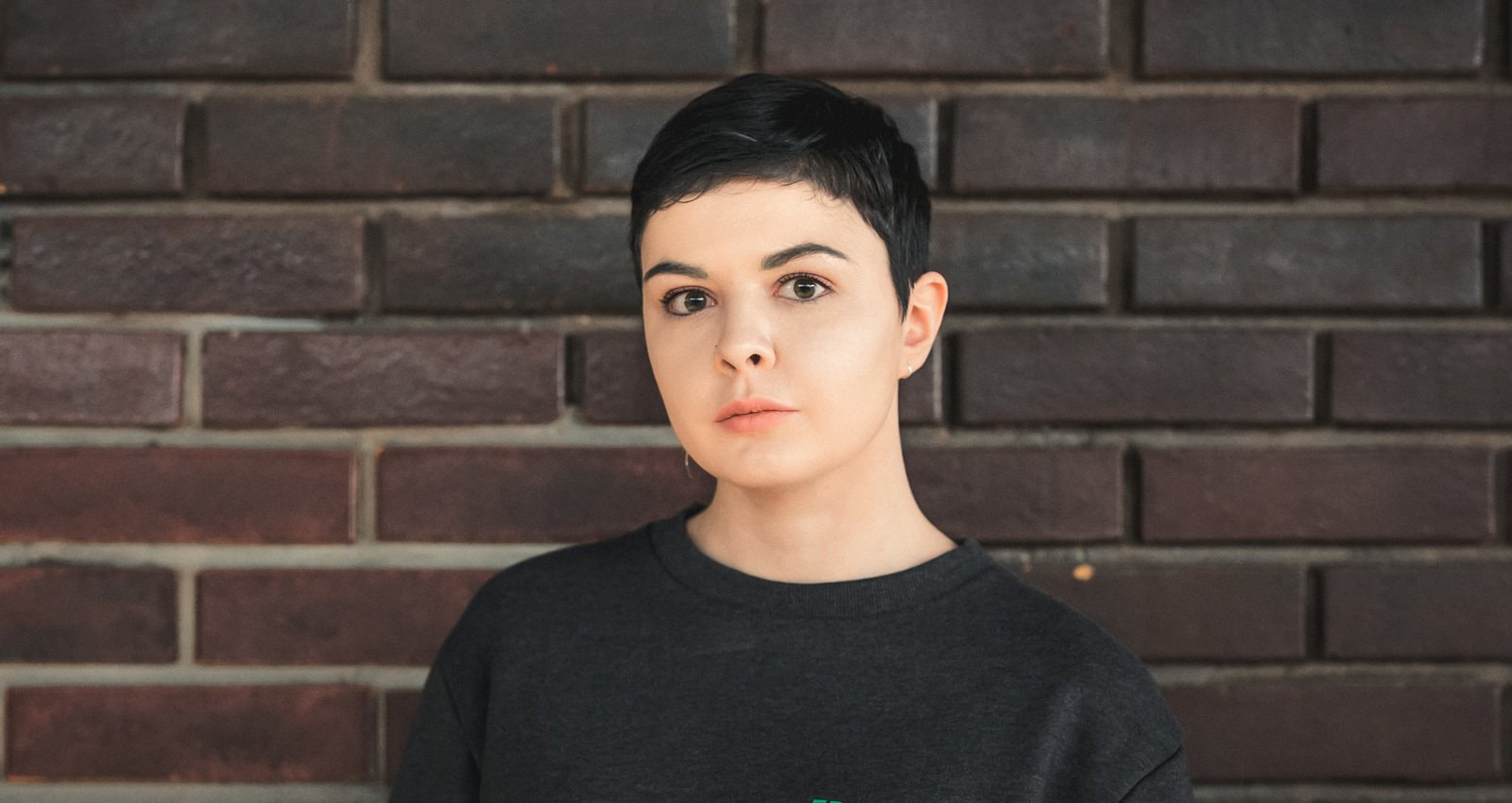Alevtina Anisimova’s Diary
Alevtina Anisimova (b. 1995, Petrozavodsk)
I graduated in Pedagogical Education: English and German Languages from Petrozavodsk State University. I have been a Garage intern since September 2018. I worked as a moderator on the project Art Experiment. The Miracle of Light. Currently my main interest is the potential possibilities of using pedagogical education in a museum environment.
Since I joined the project later than the rest of the mediators, I was a little bit (in fact, a lot) scared. The fear of getting someone into trouble, or failing to cope with my work, etc. is always there in my head, especially when I’m overthinking too much (in this particular case, I mean thinking about what a mediator should be like, and how well I fit this role at all). With every shift however, it got slightly better and easier, as I gradually realized that not all of the visitors eagerly engage in dialogue, not everyone is ready to share their thoughts with a stranger, and some simply don’t have enough time to spend in the Museum, and therefore I shouldn’t blame myself for all these things. Obviously, it is really nice to meet with people who initially wish to communicate—in my case, for instance, a dialogue over a cup of coffee is usually initiated by the visitors. This is why these conversations happen not so often, but it doesn’t make them less valuable. Frankly speaking, I feel more comfortable when talking to people “outside of the stairs”, and such dialogues are usually more intense, since people don’t feel tied to a certain issue—but rather see that their opinion is interesting as such, not within a selected project.
It is quite amazing that people make Linda’s puppets so enthusiastically! And it is equally amazing how their opinions about her workshop vary. For example, one woman, when sharing her thoughts with me, said that participatory projects should not be temporary. Roughly speaking, a person should be able to come to a museum and see what they left there ten decades ago. She also noticed that our space helps people concentrate too much, and when it happens, people tend to do what they already can do, instead of discovering their creative potential. She made me think about it.
One man suggested an interesting way of engaging the audience, somewhat of the Chinese whispers game: the mediator talks to a person, tells them about the project, etc., and then leaves. The person cannot leave until they pass this knowledge to someone else, and so on. But then there is the question why we need mediators at all, if visitors can interact with themselves. And whether we should control such interaction.
The project is slowly but surely coming to an end, and the accompanying reflection is inevitable. If in the very beginning I felt the lack of art historical/ cultural background to be an art mediator, now I understand that it is even better for me in some ways (although the project obviously boosted me to acquire such a background, since it is absolutely necessary). Why? It may sound strange, but some visitors were surprised yet pleased to learn that I didn’t have professional art historical training. Speaking with younger audiences (students and high school graduates), my story inspired them a lot. Some people still think of museums as elite institutions, so when they hear that I am a frustrated teacher from another city that began to realize that education is not a lifetime stigma and that they can end up working in a museum too, if they wish.
Towards the end of the project I started loving conversations over tea-drinking. The thing I liked the most was how people gradually open up more and more and eventually trust you. Whereas in the beginning of the discussion they seemed frightened to be judged for their opinions (which was especially evident with the cups about feminism and social diversity), further through the dialogue they were not embarrassed anymore to speak openly and sometimes even sharply. But no matter how much I really enjoyed talking to people at Ladder Café, I see my main failure: the dialogues were very seldom built around the questions on the mugs, jumping from one topic to another, therefore everything valuable that I received therefrom is valuable personally for me, rather than for the Museum or artists. But anyway, I’m grateful to Garage for acquainting me with a large number of totally different but equally interesting people. At times I felt like we were really sharing some energy with each other, not merely drinking tea and talking. I will remember many of those people for a long time, I guess.
Generally, it seems that I have found an answer to my question about what an art mediator should be like. The mediator should not impose their opinion, should not try to “feed” the visitor with tons of information, especially if the latter is not ready to communicate too much with a stranger. A mediator is someone who has to be able to behave differently, depending on the person they interact with, be it a regular museum goer or a someone who accidently came in while sheltering from the rain in the park. A mediator should bear in mind whether the person better perceives information via listening or touching, etc. A mediator is a person who encourages and inspires. And being such a person is a decent task and goal.
